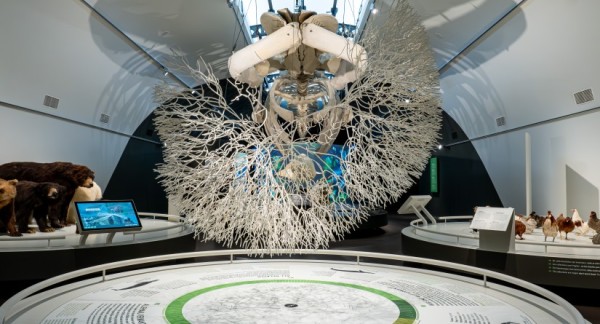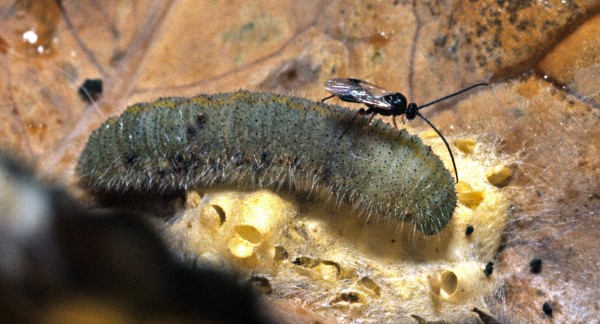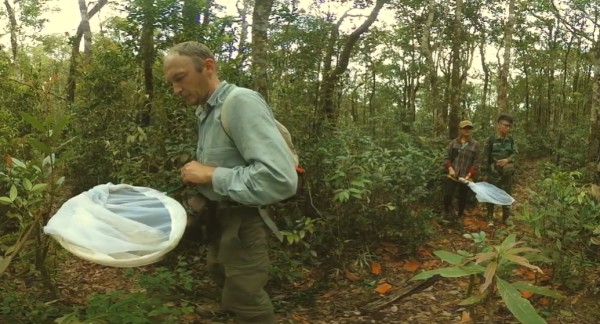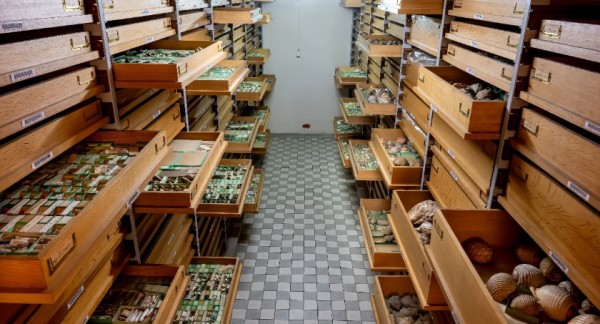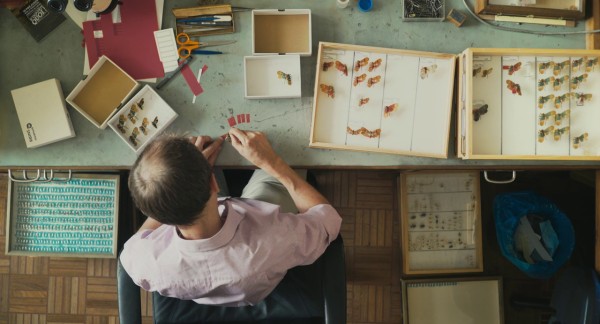How do we describe a new species?

Discovering a new species is just the beginning. To formally introduce it to the world, scientists must document its unique traits, give it a name, and ensure it’s recognized by the global scientific community. This process, known as species description, combines detailed observations, cutting-edge technology, and a touch of creativity. From writing the first scientific description to preserving a type specimen for future generations, every step is crucial. In this section, we’ll walk you through the fascinating process of describing a new species.
1. Writing the Species Description
The formal description of a new species is a detailed scientific document that serves as its “birth certificate.” It includes:
-
Diagnostic Characteristics: A list of the specimen’s unique traits that distinguish it from all other known species. These include the steps we talked about before, morphological features (e.g., size, shape, color) and genetic markers.
-
Comparative Analysis: The new species is compared to its closest relatives using type specimens from museum collections. This ensures it’s not a variation of an already-described species.
-
Illustrations and Photographs: High-quality images, drawings, or 3D models are created to visually document the species. Specially in the last years, new amazing technologies have been developed to facilitate this step. Want to learn more about the cutting-edge technologies used in taxonomy? Stay tuned for the next section, where we explore how genomics, imaging, and AI are revolutionizing the field!
2. Naming the New Species
Ever wondered how scientists come up with those Latin names? It’s a mix of science, creativity, and sometimes even a dash of pop culture!
Naming a new species follows rules set by international codes of nomenclature, such as the International Code of Zoological Nomenclature (ICZN) for animals and the International Code of Nomenclature for Algae, Fungi, and Plants (ICN).
-
Binomial Nomenclature: The species is given a two-part Latin name, consisting of the genus and species (e.g., Homo sapiens). The name must be unique and follow grammatical rules.
-
Etymology: Species names aren't just random labels – they're often mini-stories, reflecting a creature's unique traits, where it was found, or even who inspired the discovery. Take Dracorex hogwartsia, for instance: a dinosaur named after dragons and the magical world of Hogwarts! Then there's Neopalpa donaldtrumpi, a moth with a striking resemblance to a certain politician's hairstyle, named to draw attention to habitat protection. And Phyllonastes dicaprioi, a frog honoring Leonardo DiCaprio's environmental work. Each name tells a tale, wouldn't you say?
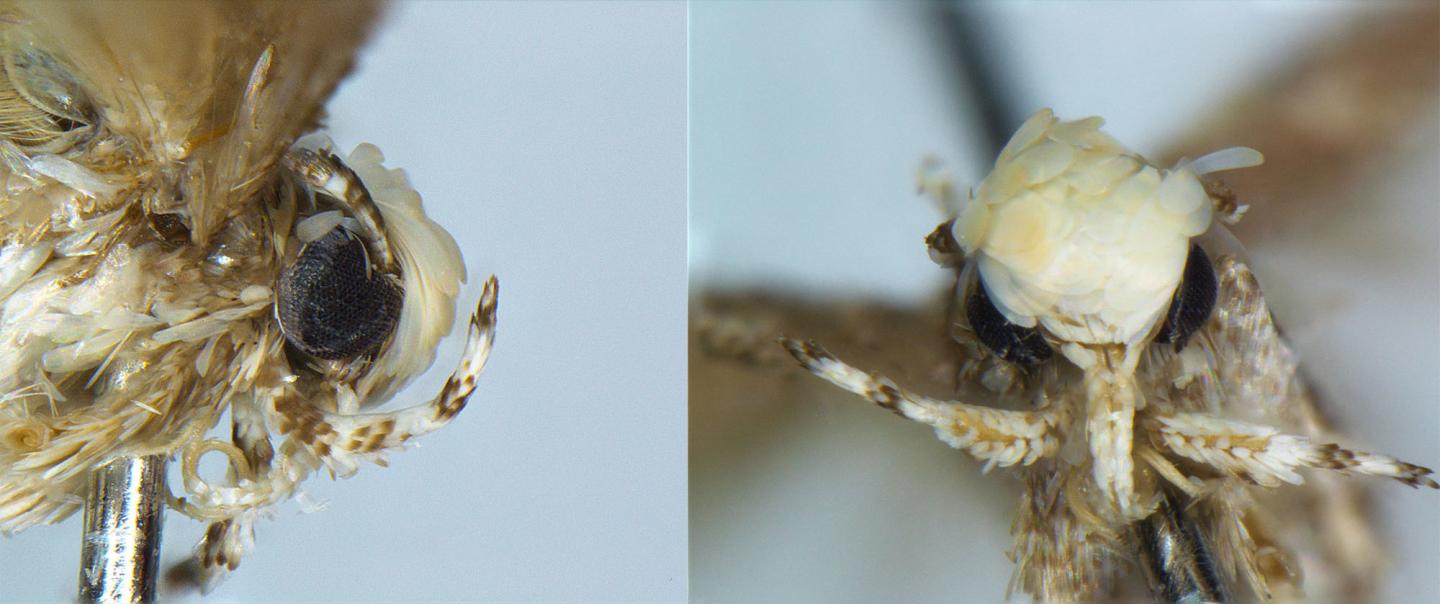
3. Designating the Type Specimen
Every new species needs a type specimen — a preserved example that was available to the scientist who first described it, and serves as the official reference for that species. Fun Fact: The oldest type specimen dates back to the 16th century! These specimens are like time capsules, preserving biodiversity for future generations and ensuring the species’ identity can be verified in the future.
-
Holotype: A single specimen designated as the primary reference. It is carefully preserved in a museum or research collection.
-
Paratypes: Additional specimens that were also available when the species was described and that support the holotype, often providing a broader representation of the species’ variability.
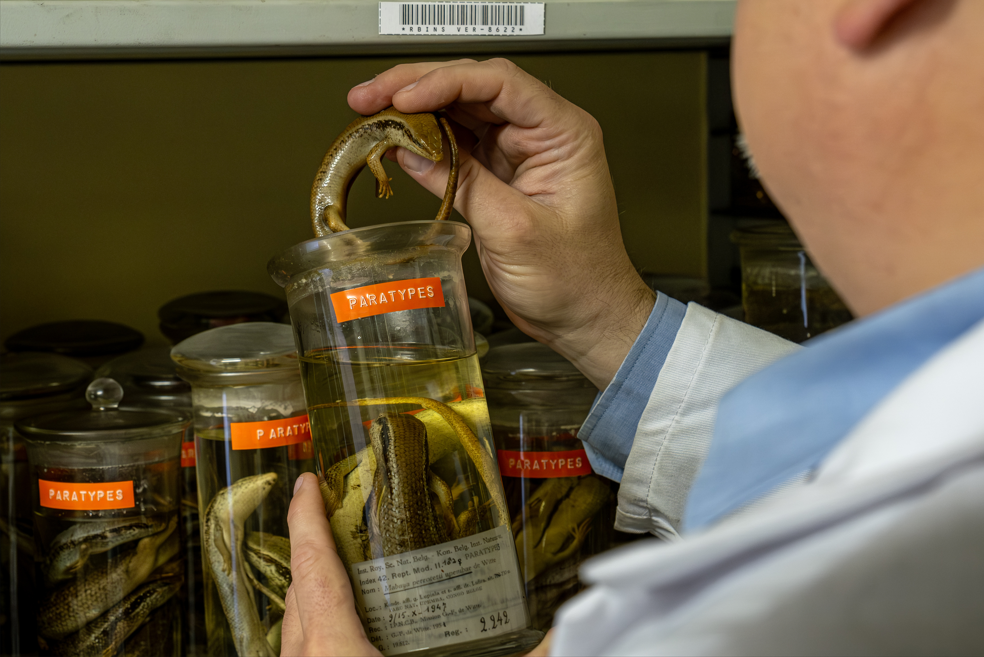
Digital Archives: Many institutions are digitizing type specimens, making high-resolution images and 3D models available online. These models allow scientists to study the organism’s structure without damaging the original. For example, we use a tool named Sphaeroptica to create detailed 3D models of arthropods. Learn more here!
You might be wondering, how do you decide which one's going to be the reference? Luckily for you, we asked that same question to our taxonomist and expert in Collection Management Jérôme Constant. “Well, that's up to us. That's an arbitrary decision. Usually you try to find the specimen that you find represents the species, so you will not take the biggest one or the smallest one. You will just take a specimen that can represent the species”
4. Peer Review and Publication
Before a new species is officially recognized, the description must undergo peer review. This involves:
-
Submission to a Journal: The paper is submitted to a peer-reviewed scientific journal, such as the European Journal of Taxonomy, Zootaxa or Phytotaxa, which specialize in taxonomic descriptions.
-
Expert Evaluation: Other taxonomists review the paper to ensure the methodology, data, and conclusions are accurate.
-
Publication: Once accepted, the paper is published, and the new species is officially recognized by the scientific community.
5. Registering the New Species
After publication, the new species is added to global biodiversity databases, ensuring it’s recognized and accessible to researchers worldwide.
-
Global Databases: The species is registered in databases like the Catalogue of Life and GBIF (Global Biodiversity Information Facility).
-
Type Specimen Registration: The holotype is catalogued in a museum or research collection, with its details recorded in global specimen databases.
